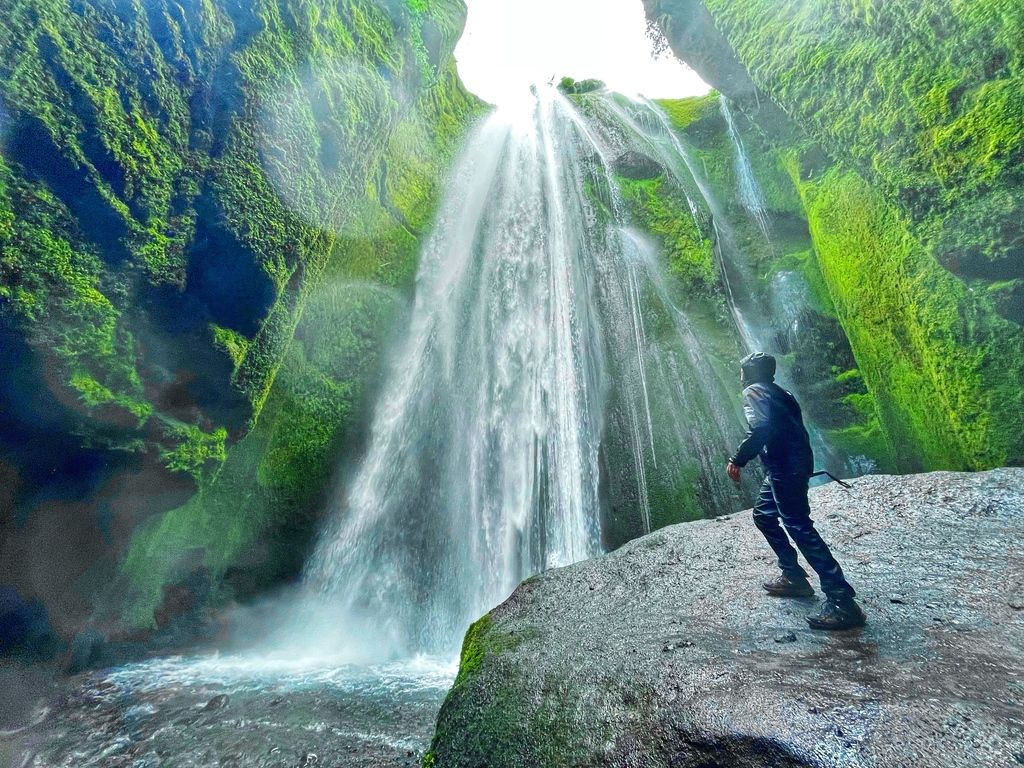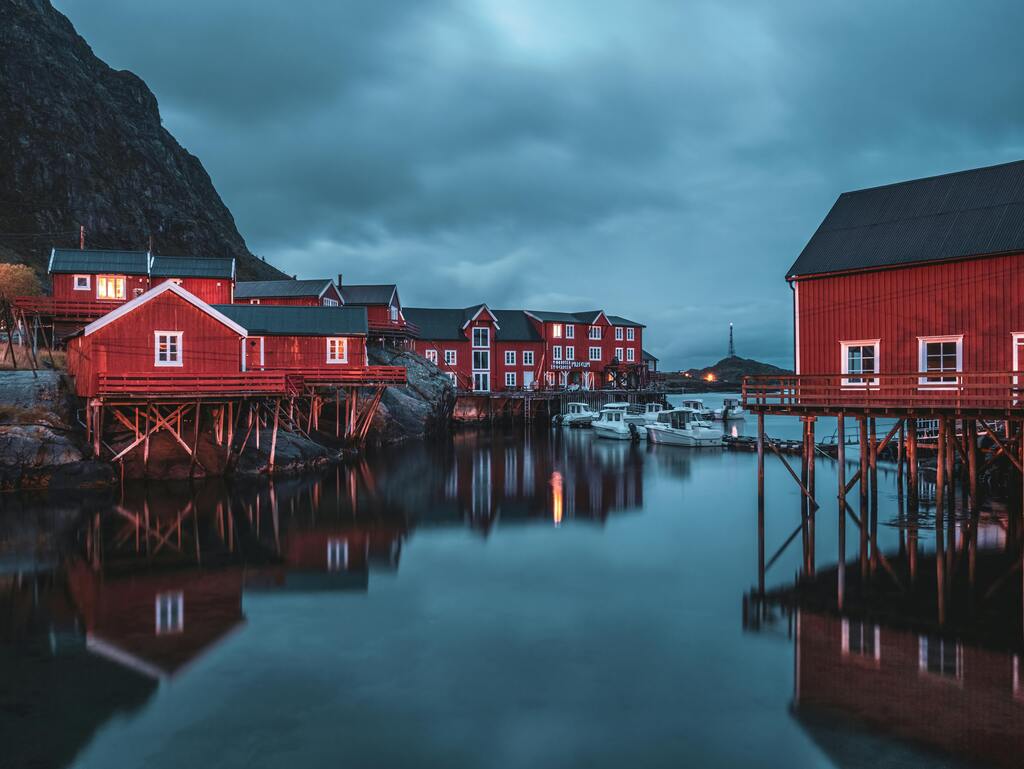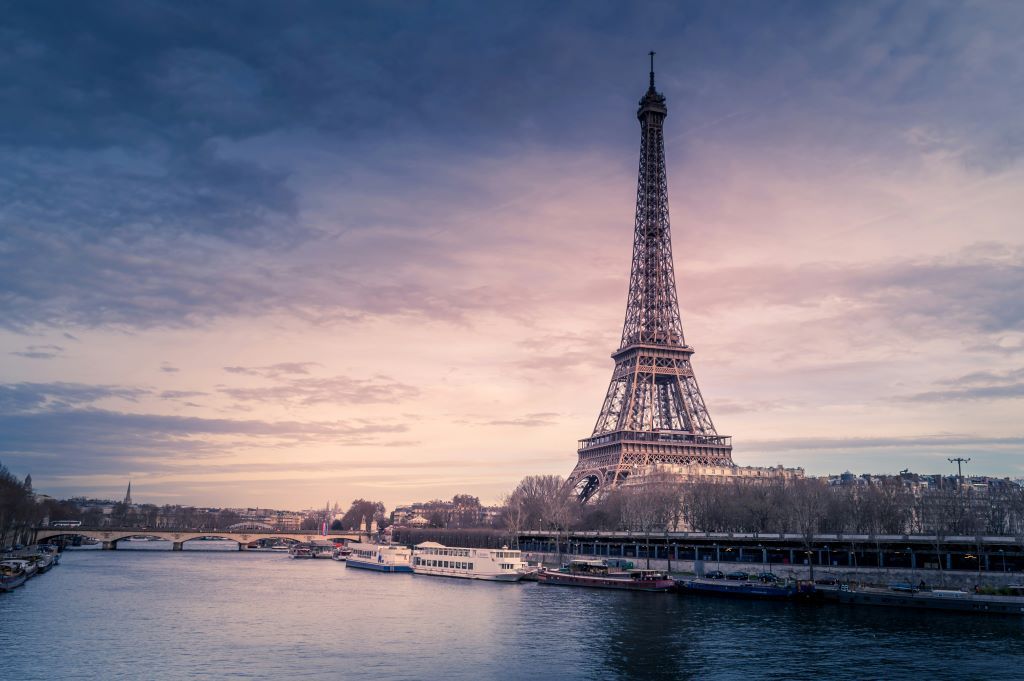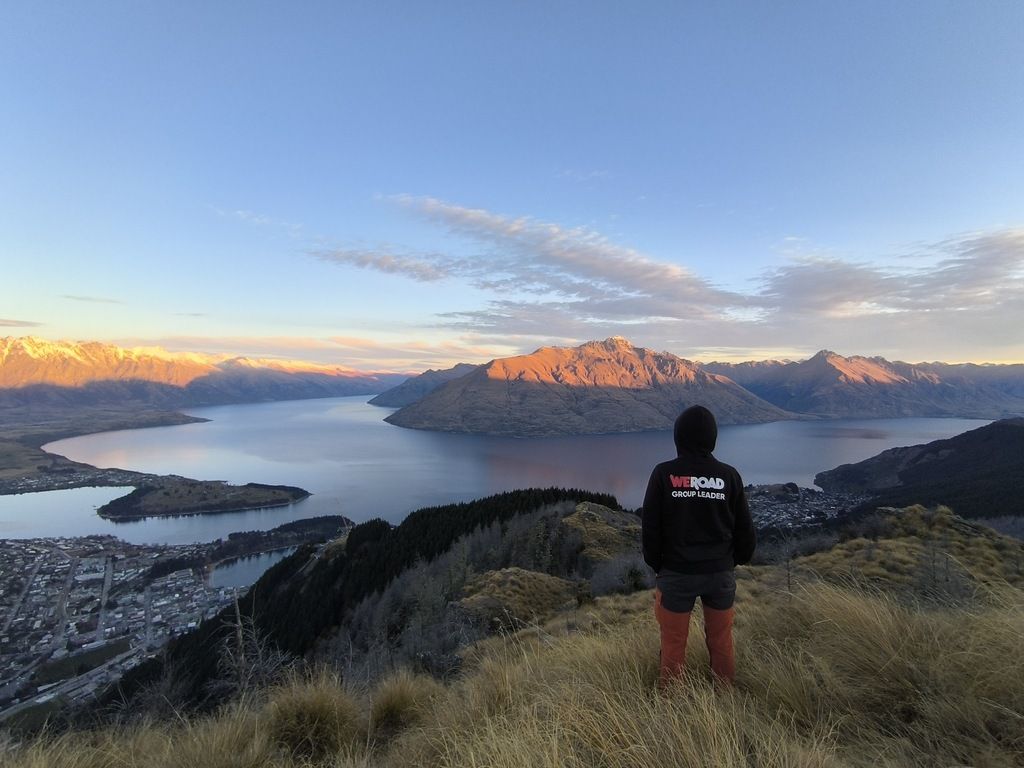

Beautiful beaches of golden sand or ski slopes covered in fresh snow. New Zealand is a land of incredible extremes and equally incredible things to do. A place you can easily visit any time of year and have a fabulous holiday. So, when is the best time to go to New Zealand? If you’re planning a trip to the Island, read on and we’ll share the best seasonal highlights and when to go to New Zealand.
Understanding New Zealand’s Seasons: A southern hemisphere perspective
New Zealand is a nation situated in the Southern Hemisphere so it sits in the opposite half of the earth to the Northern Hemisphere. So, when is summer in New Zealand? Basically, if it’s winter in the north, it’s summer down under. The four seasons of New Zealand are: Summer (December- February), Autumn (March – May), Winter (June – August), and Spring (September – November).
So, this makes New Zealand an ideal destination for people wanting to escape a European or North American winter. Certainly New Zealand summer, but really any of the New Zealand seasons will let you enjoy the full breadth of attractions in the country. Just consider the seasonal weather events and travellers described below.
The climate in New Zealand varies from area to area. The North Island is milder and more humid, while the South Island has cold winters and alpine conditions. Coastal areas are temperate; while further inland the temperature fluctuates more.
Here’s a general breakdown of what each season brings:
- Summer (Dec-Feb): Warm and sunny, perfect for beaches and outdoor adventures.
- Autumn (March-May): Temperatures drop, the trees turn stunning golds and oranges and it’s an excellent time for drives, walks and wine tasting.
- Winter (June-August): Cold in the South Island with snow on the mountains and excellent skiing; mild in the North Island.
- Spring (Sep-Nov): Blooming flowers, baby animals, and fresh, mild weather.
Every season has its own unique benefits and landscape. Depending on what you want to do you could be skiing, walking or experiencing some cultural event. To make the most of your visit, explore the things to see and do in New Zealand, from breathtaking fjords to vibrant cultural experiences, tailored to every season. Knowing about New Zealand’s season will allow you to adjust your travel so that you enjoy the activities and scenery that interest you.
Summer in New Zealand (December to February): Beaches and outdoor adventures
Summer in New Zealand is a fantastic time to be outside. With long days and warm weather, it’s easy to enjoy incredible hiking or kayaking throughout the country or relaxing on its beaches.
Lazing on the sand beaches on the Bay of Islands. Exploring Abel Tasman National Park on a kayak. The coastal Kiwi cities come to life with a vibrant atmosphere. There’s lots of fresh seafood and a local market to check out throughout the summer season.
But unfortunately, this is the busiest time to visit New Zealand as well as the peak tourist season. So, you will need to think ahead for booking accommodation. If you love the sun, and the lively atmosphere of summer, New Zealand summer might be the season for you.
Summer in New Zealand is from December to February with the average temperature between 20°C and 30°C (68°F and 86°F). There is also the benefit of long daylight hours. Some parts of the country can get sunshine till 9 PM. This is the season for every outdoor and beach lover!
Plan and book in advance. It is summer, but still don’t forget your hat, sunscreen and insect repellent. Be sure to layer up, temperature can sometimes drop during dawn, sudden changes in the weather. Queenstown, Rotorua, and the Bay of Islands will be filled with tourists. Go early!
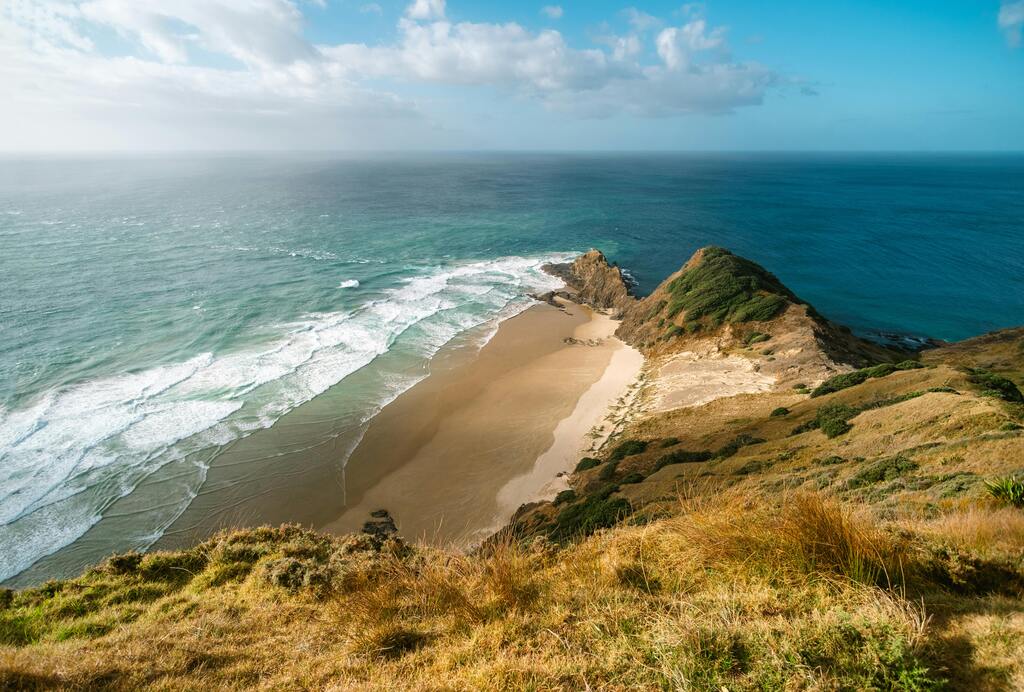
Autumn in New Zealand (March to May): Mild weather and golden landscapes
Red, gold, and orange, autumn in New Zealand is colourful. The New Zealand climate is cooler than in the summer, but it’s not too cold. It’s also a good time to explore the vineyards of Marlborough or wander through golden forests, taking in the colours of the land in transformation.
In autumn, there are fewer tourists and less crowded places to visit. You can take a drive through the countryside of Otago or find a trail in Fiordland National Park to explore mild weather and stunning sights. This is arguably the best time of year to go to New Zealand if you want a lower-key introduction to the island.
Meanwhile, the moderate temperatures are perfect for walking on one of the Great Walks like the Abel Tasman Coast Track or Tongariro Crossing, where surrounding colours burst into beauty. Dramatic skies and autumn landscapes offer endless photo opportunities. The evening chill is a great excuse to enjoy a soak in one of the country’s many thermal hot springs — try Hanmer Springs or Rotorua.
While the days are warm, evenings are cool so take layers with you. In April, the town of Arrowtown hosts the Autumn Festival, with parades, performances and farmers’ markets. It’s a great event but. can get busy. Be ready for the weather to change (that’s the great thing about New Zealand weather in autumn!) so alternate with golden autumn leaves with experiences like these.
Autumn is nature’s time to slow down, it’s an opportunity to enjoy life in the slow lane and to savour the moment in beautiful New Zealand. An opportunity to see and do more at your own pace!
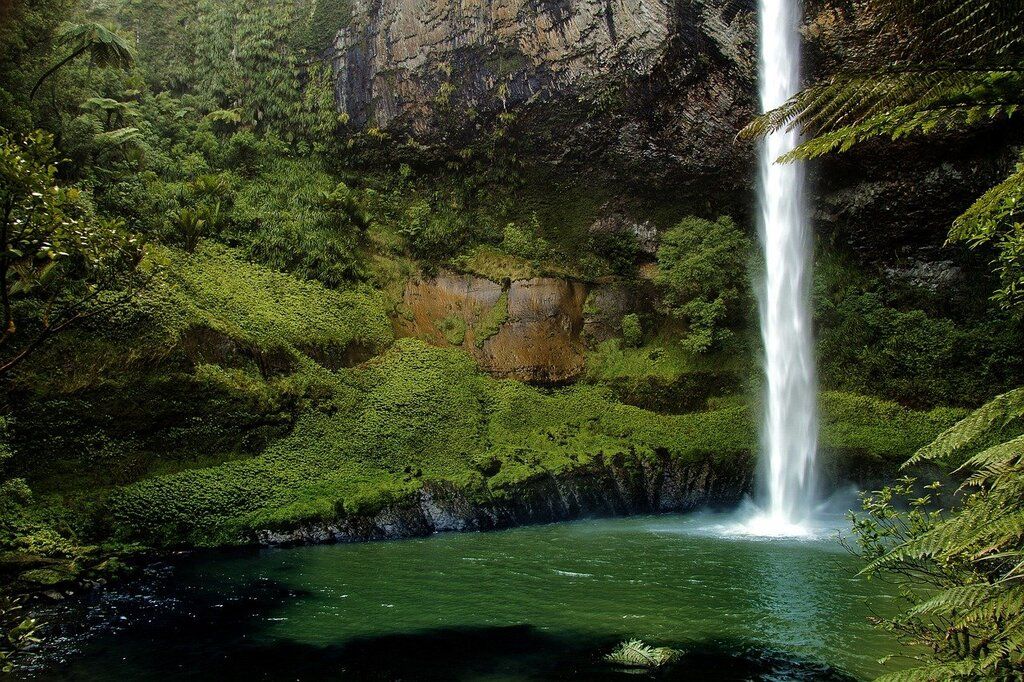
Winter in New Zealand (June to August): A snowy paradise for adventurers
Winter in New Zealand is for the sporty types. Skiing in style in Queenstown and Wanaka, you can explore the country with every manner of travellers. Head south for the snow.
Beyond Kaikoura whales and basking in hot springs, you will find alpine villages and less crowds in the cities. And when it comes to magnificent whale watching with snow-capped ranges in the backdrop- winter is the New Zealand whale watching season.
Queenstown is winter’s busy epicentre, alive after dark with clubs and après-ski experience. Wanaka is a sleepier, luxury-lodge alternative also with breathtaking lake views. Meanwhile, at the altitude end of the spectrum, nothing tops the solitude of an alpine hut in Mount Cook National Park, waking up to 360 degrees of snow-glazed mountains.
Temperatures can change quickly so warm, waterproof layers, hat, gloves and solid footwear are essential. New Zealand’s ski season is popular, so book accommodation and activities in advance. If you’re driving, make sure your hire car has snow chains (and you know how to use them). Roads can ice up in non-ski areas and accommodation will be cheaper at many attractions.
But, winter in the South Island isn’t just about the snow. It’s about discovering different, still-unforgettable sides to one of the world’s dreamiest travel destinations. Whether you’re racing down slopes, toasting your tootsies in a hot pool or simply gazing up at a star-painted sky, winter in New Zealand is every visitor’s second summer.
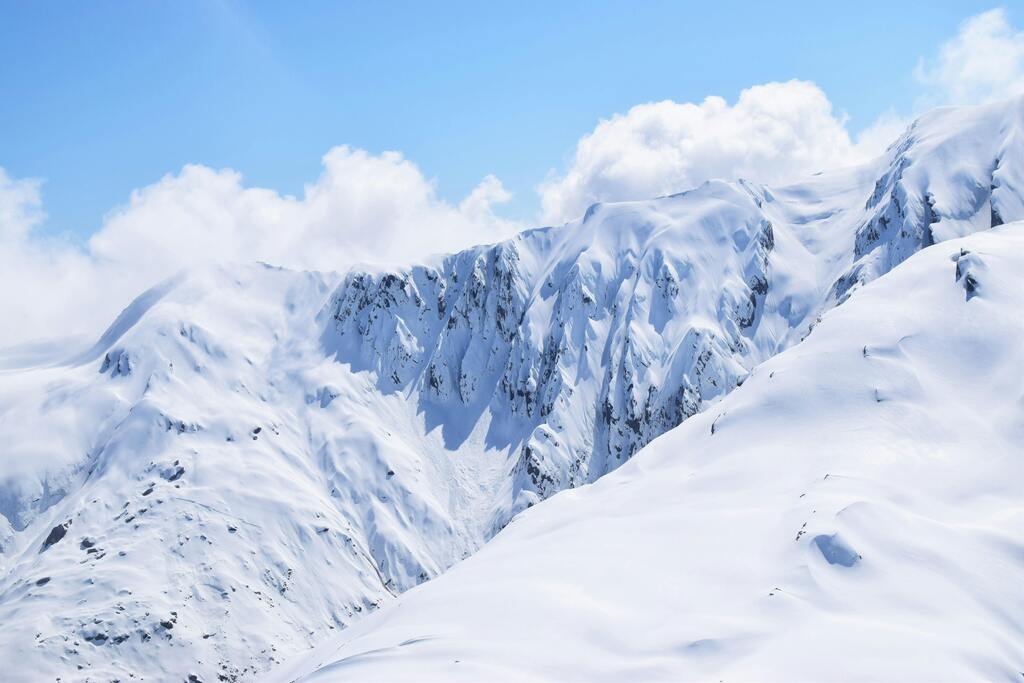
Spring in New Zealand (September to November): Blooming beauty and new beginnings
Spring is another spell to help New Zealand ready itself for a new season of colour, energy and growth. This season is about villages with living gardens buzzing with life and weather for trails and farms on their high spirits celebrating life.
New Zealand is not just about movies but about the trail through the movie set of Hobbiton. Believe us, it is absolute magic exploring the season’s first trees bloom through the Hobbiton filled with flowers.
This is also the season with relatively less tourist crowds so you can take your time to connect with the frolicking lambs across farms. Looking for the ideal time to visit New Zealand? Here it is!
Spring is the season of New Zealand’s wildflowers. Cities, like Christchurch (also known as the “Garden City”) will burst to life with blooming Daffodils, Cherry Blossoms and Tulips. Visit the Christchurch Botanic Gardens and Hagley Park. Meanwhile, elsewhere in the countryside, rolling meadows will be filled with baby lambs and budding wildflowers.
On the North Island, check out some of the geothermal areas. Towns like Rotorua will be filled with blooming trees and shrubs, set against a backdrop of the steaming geysers and bubbling mud pools that the region is famous for. What to pack? Be sure to wear layers – and waterproof gear. The weather in spring can change in a heartbeat. Don’t forget to bring a camera to photograph the colours of spring.
What are the crowds like? Don’t forget that spring is in between the high and low seasons. During the spring, there will be less tourists than in December and January. This means that not only will there be fewer other travellers, but there will also be better availability and deals on accommodation and attractions. The upside? During spring the weather will be milder than in the summer months. This means that it is the perfect time to go hiking, biking and exploring.
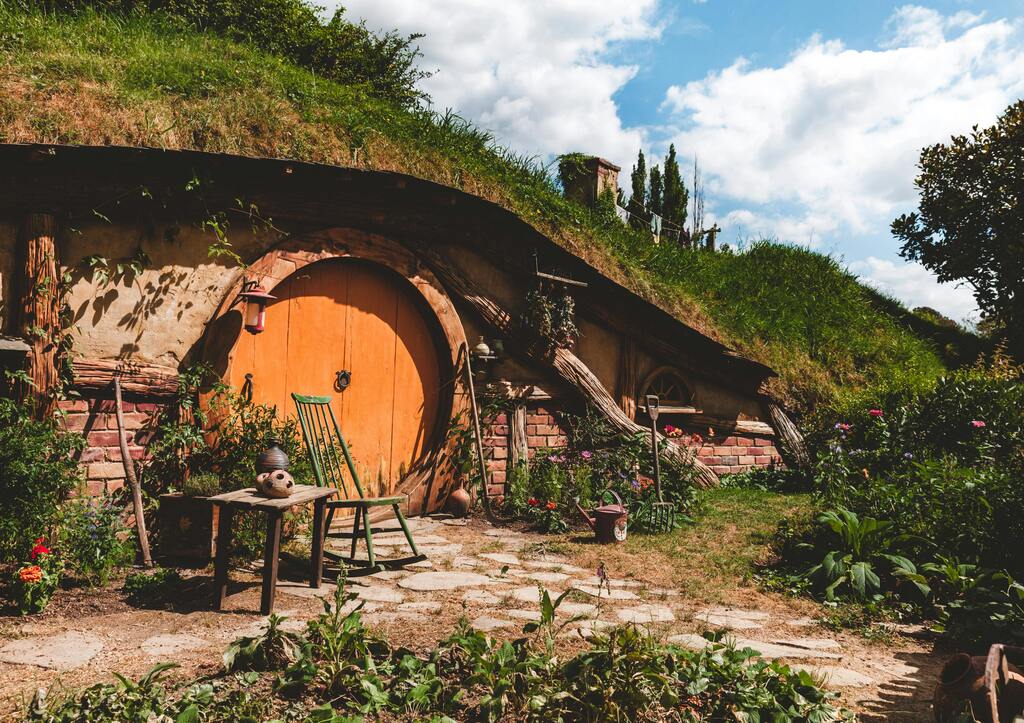
Best Time for Hiking in New Zealand: Trails for Every Season
When is the best month to go to New Zealand? Any time, actually. For a hiker, the New Zealand hiking season is a round-the-year activity. Banking on summer and autumn is the best time to hit the alpines while comparatively pleasant autumn weather in New Zealand is suitable for leisurely walks and long trails to enjoy scenic surroundings.
For spring lovers, you have an even more charming reason to hit the hiking trails of Tongariro Alpine Crossing and Milford Track – trails lined with lovely blooms on both sides. That might be why many people insist that spring or autumn are the best times of year to visit New Zealand. But, hiking opportunities, and the feeling of pure pleasure out in nature, mean there’s always a good time to slip on those hiking boots and hit the trails.
But, if you’re still asking ‘When is the best time to visit New Zealand?’ The ideal season may depend on what you’re looking for-bursting summer joy, autumnal tranquillity, fresh spring greenery or quiet winter beauty. Hikers know that getting there is half the fun and that New Zealand will never let them down.
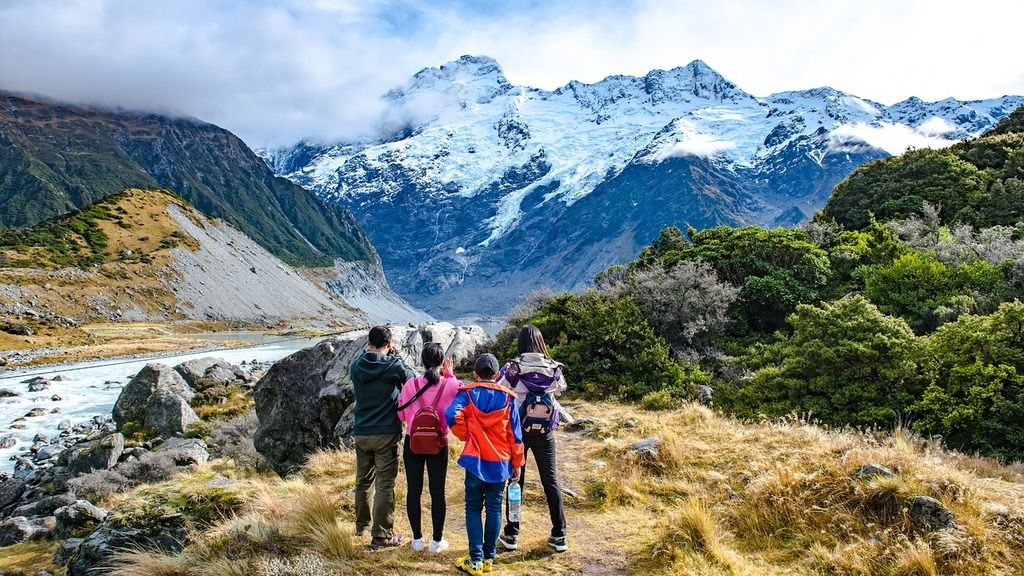
Ski Season in New Zealand: slopes and snowy thrills
The New Zealand ski season is short and sweet. Count on it from June to October. The best places for New Zealand ski season would be Mount Hutt and Treble Cone where you can get the best of snow, views and ski slopes for snowboarding.
Hotels and nearby accommodations get booked out well in advance so make prior reservations. What better than to combine the snowy slopes with some après-ski vibes in the mounted bars of Queenstown?
Whale Watching Season: A marine spectacle in New Zealand
Whale watching is one of the famous things to do in New Zealand. You can do it around the year but it is rewarding to catch sight of those humpbacks and sperm whales between June and August in Kaikoura. This makes winter the best time to go to New Zealand.
Guided tours take you close yet gently into the habitats of these mammals. If you are a lover of all marine animals, this could be the best time of year to visit New Zealand.
Bungee Jumping and Adventure Sports: Timing your thrill-seeking activities
New Zealand is the ultimate place for adrenaline junkies. From bungee jumping, to skydiving and zipping through the lines throughout the year, New Zealand is meant for pure adventure and there is no other best time to go New Zealand other than summer and autumn for relatively stable weather conditions.
Queenstown is the hub for such adrenaline-thumping experiences to have you all excited. Do take pictures — if nerves permit!
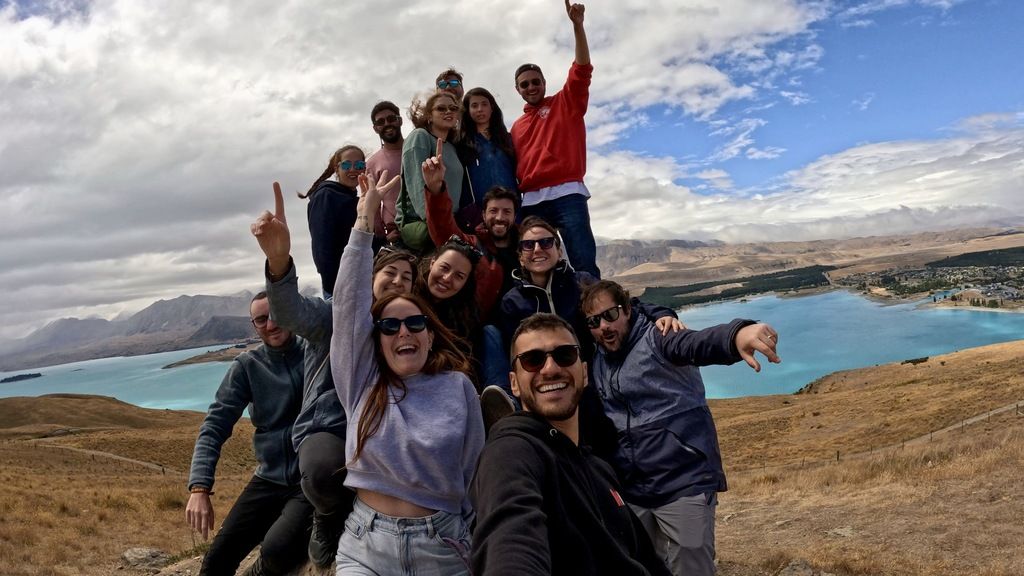
Why New Zealand offers unforgettable experiences in every season
If you are planning a trip to New Zealand, when to go is a crucial factor to consider. So, when is the best time to go to New Zealand? New Zealand is a country that delivers something completely different depending on what time of the year you travel there. In summer, its golden beaches, in winter — snowy mountains. Every season offers yet another discovery to be found.Travelling to New Zealand? Discover this amazing destination on the road today on our group trip on the road to New Zealand. New Zealand offers seasons, landscapes, and an endless number of attractions that will make you keep coming back.

